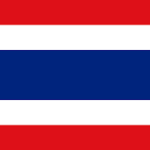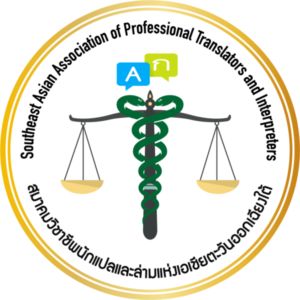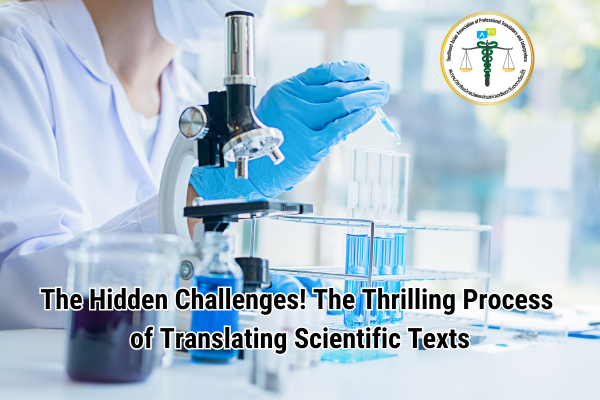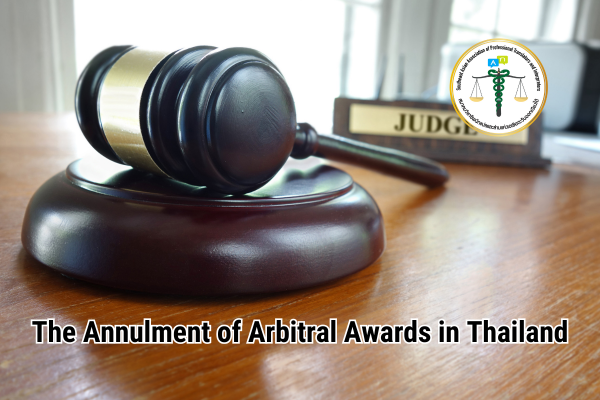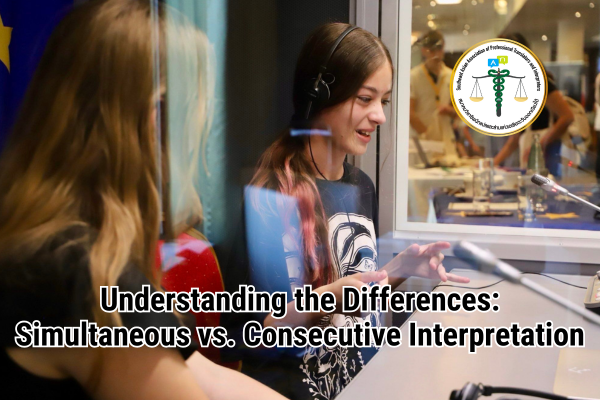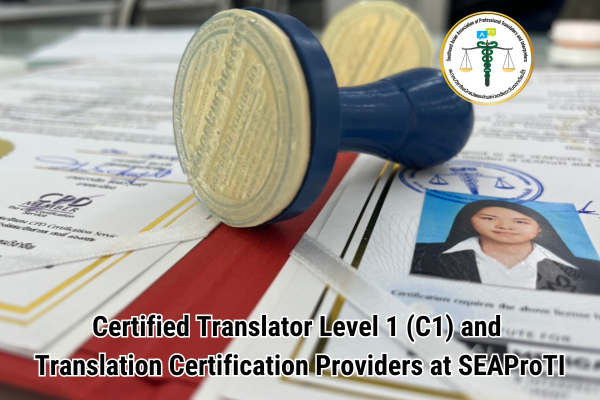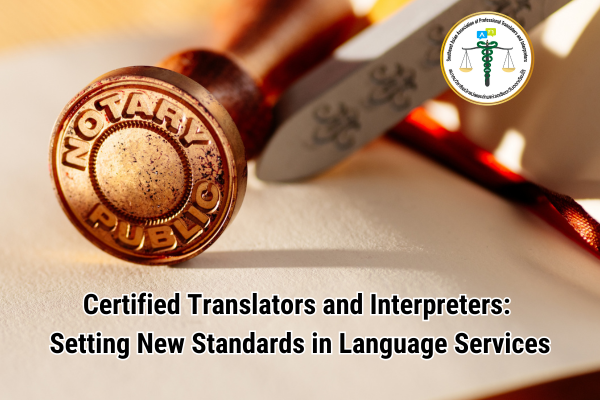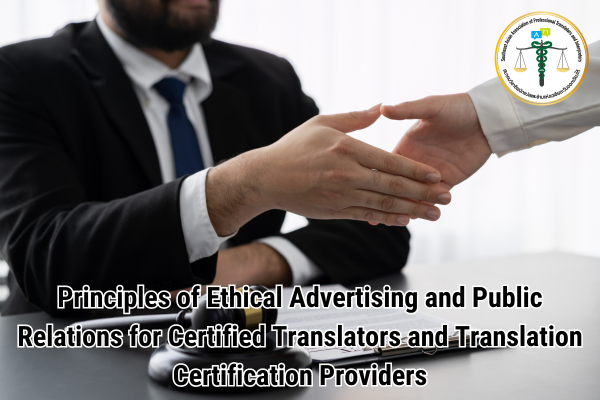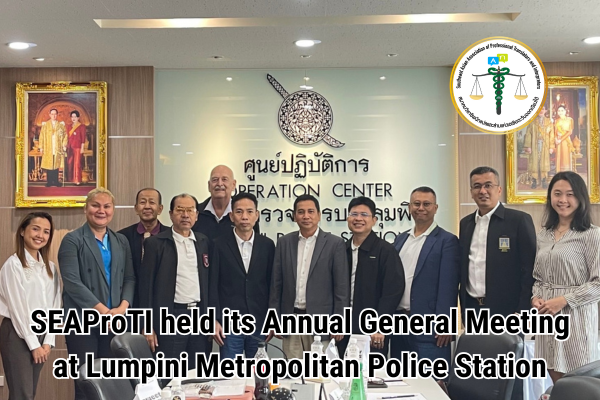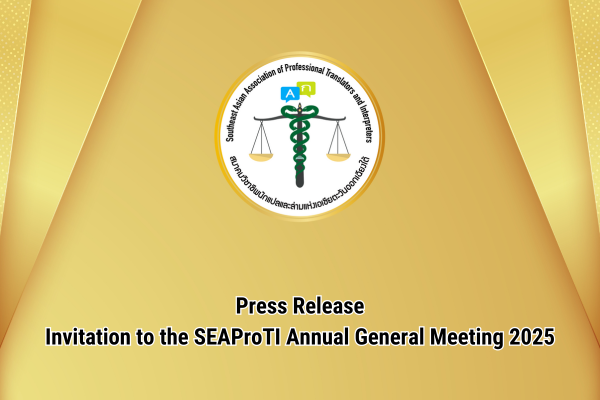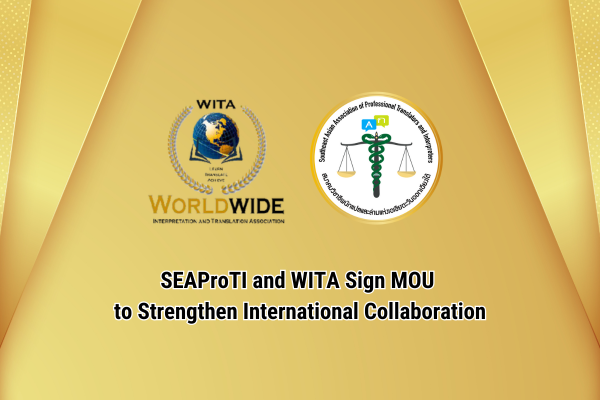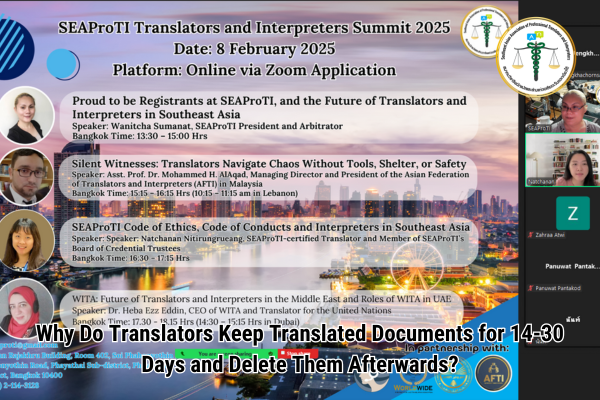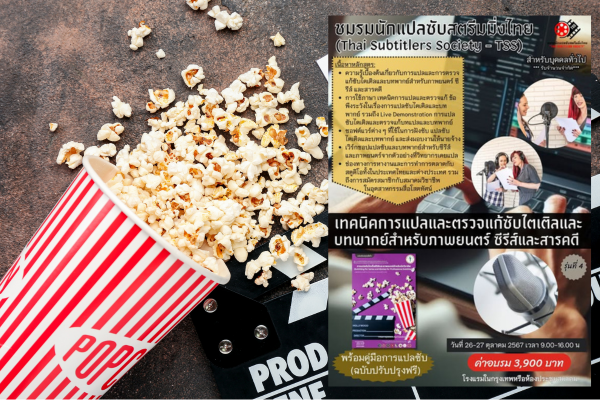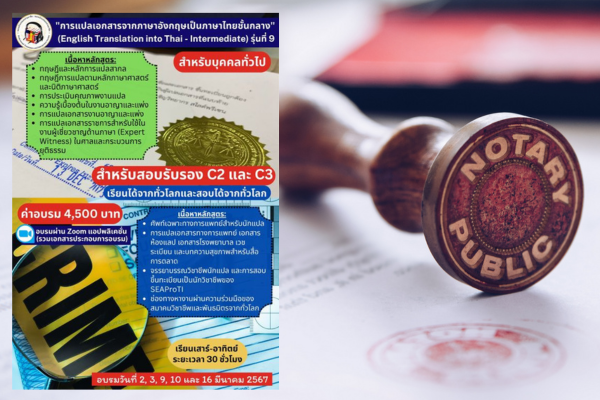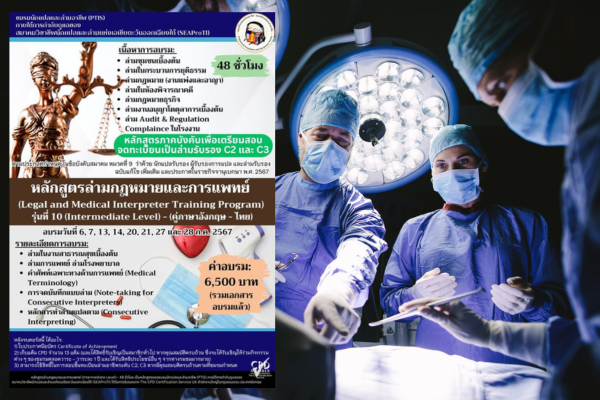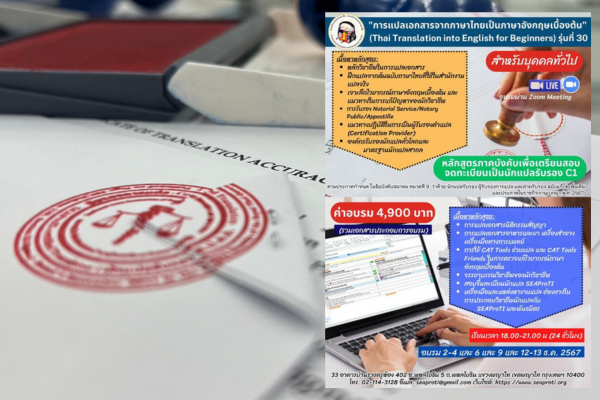The Hidden Challenges! The Thrilling Process of Translating Scientific Texts
Scientific discoveries have revolutionized the world we live in, from cutting-edge medical treatments to technological innovations. But what happens when these discoveries need to cross language barriers? Welcome to the intriguing world of translating complex scientific texts—a process that demands precision, creativity, and deep understanding of both language and science. Let’s delve into the process and steps involved in translating scientific texts.
Why Translating Scientific Texts is Important
Science knows no borders. Researchers from different countries collaborate on projects, and their findings need to be understood worldwide. Translating scientific texts ensures that these discoveries are accessible to everyone—from a Japanese researcher working on a new vaccine to a German engineer designing renewable energy solutions.
Without accurate translations, critical information could be lost or misunderstood, potentially causing delays in scientific progress or even costly errors. Translators serve as bridges, ensuring messages are clear and accurate in every language.
Step 1: Understanding the Subject Matter
Knowledge is Power
Before starting the translation process, translators must familiarize themselves with the content. Whether it’s a paper on quantum physics or a study on marine biology, understanding the material is essential. This often involves researching unfamiliar concepts, reading foundational documents, and sometimes consulting experts in the field.
Translators working on scientific texts are not just language experts but detectives who must uncover and comprehend the author’s intended message fully before conveying it in another language.
Step 2: Managing Specialized Terminology
The Language of Science
Science has its own language. Terms like “photosynthesis,” “fusion,” or “hypothesis” may not have direct equivalents in other languages, or their usage might differ slightly. This is where glossaries and terminology databases become essential. Translators create or utilize these resources to ensure consistent and accurate use of technical terms.
Imagine translating a paper about DNA replication. Misinterpreting a single term could alter the entire meaning of the text. This step demands meticulous attention to detail and a commitment to accuracy.
Step 3: Navigating Cultural Differences
More Than Just Words
Scientific texts are often written in a formal and structured style. However, different cultures have varying expectations for how information is presented. For instance, English-language papers tend to be straightforward and concise, while other languages might favor more elaborate explanations.
Translators must adapt the content to suit the target audience’s expectations while preserving the original meaning. This balancing act ensures that the translated text is not only accurate but also culturally appropriate and easy to read.
Step 4: Balancing Accuracy and Clarity
Simplifying Without Losing Meaning
Scientific texts can be dense and filled with jargon. While accuracy is paramount, clarity is equally important. Translators often need to simplify complex concepts without losing their essence. This involves breaking down long, complex sentences into manageable parts and using simpler language where possible.
For example, the sentence “The compound’s reactivity was assessed through a series of controlled laboratory experiments designed to mimic real-world conditions” might be translated into “Scientists tested the compound’s reactivity in the lab to see how it would behave in real life.”
Step 5: Collaborating with Experts
Teamwork Makes the Dream Work
No translator works in isolation, especially when handling complex scientific texts. Collaboration with subject-matter experts is often essential. These experts can clarify confusing points, verify the accuracy of technical terms, and ensure that the translation aligns with current scientific understanding.
This teamwork ensures that the final product is both linguistically and scientifically accurate.
Step 6: Final Review and Quality Assurance
Polishing the Final Product
Once the translation is complete, it’s time for a thorough review. This step involves proofreading for grammatical and spelling errors, checking terminology consistency, and ensuring the text flows smoothly. Many translation agencies also use quality assurance tools to catch overlooked errors.
Additionally, the final text may undergo a peer review process where other experts in the field evaluate its accuracy. This step ensures the translation is of the highest quality before it is published or shared.
Challenges and Rewards of Translating Scientific Texts
Overcoming Obstacles
Translating scientific texts is not without its challenges. Tight deadlines, highly technical content, and the pressure to get everything just right are common hurdles. However, the work is incredibly rewarding.
By translating complex scientific texts, translators play a crucial role in advancing knowledge and fostering global collaboration. Their work ensures that groundbreaking discoveries can reach and benefit people worldwide.
Conclusion: The Art and Science of Translating Scientific Texts
Translating complex scientific texts is both an art and a science. It requires linguistic skill, scientific knowledge, and a dedication to accuracy and clarity. From understanding the subject matter to collaborating with experts, each step in the process is vital to creating a translation that is both faithful to the original and accessible to the target audience.
The next time you read about a groundbreaking discovery from another country, take a moment to appreciate the hard work of the translators who made it possible. Their efforts ensure that science continues to break barriers and connect us all.
SEAProTI’s certified translators, translation certification providers, and certified interpreters:
The Southeast Asian Association of Professional Translators and Interpreters (SEAProTI) has officially announced the criteria and qualifications for individuals to register as “Certified Translators,” “Translation Certification Providers,” and “Certified Interpreters” under the association’s regulations. These guidelines are detailed in Sections 9 and 10 of the Royal Thai Government Gazette, issued by the Secretariat of the Cabinet under the Office of the Prime Minister of the Kingdom of Thailand, dated July 25, 2024, Volume 141, Part 66 Ng, Page 100.
To read the full publication, visit: the Royal Thai Government Gazette
เผยความลับ! กระบวนการแปลเอกสารวิทยาศาสตร์ที่ท้าทายและเสี่ยงต่อความผิดพลาด
การค้นพบทางวิทยาศาสตร์ได้เปลี่ยนแปลงโลกที่เราอาศัยอยู่ ตั้งแต่การรักษาทางการแพทย์ที่ล้ำสมัยไปจนถึงนวัตกรรมทางเทคโนโลยี แต่จะเกิดอะไรขึ้นเมื่อการค้นพบเหล่านี้ต้องข้ามพรมแดนทางภาษา นี่คือโลกที่น่าสนใจของการแปลเอกสารวิทยาศาสตร์ที่ซับซ้อน ซึ่งต้องการความแม่นยำ ความคิดสร้างสรรค์ และความเข้าใจอย่างลึกซึ้งทั้งด้านภาษาและวิทยาศาสตร์ มาสำรวจกระบวนการและขั้นตอนที่เกี่ยวข้องในการแปลเอกสารวิทยาศาสตร์กันเถอะ
ทำไมการแปลเอกสารวิทยาศาสตร์ถึงสำคัญ
วิทยาศาสตร์ไม่มีพรมแดน นักวิจัยจากประเทศต่าง ๆ ทำงานร่วมกันในโครงการต่าง ๆ และผลงานการวิจัยของพวกเขาจำเป็นต้องถูกเข้าใจทั่วโลก การแปลเอกสารวิทยาศาสตร์ทำให้การค้นพบเหล่านี้เข้าถึงได้สำหรับทุกคน ตั้งแต่นักวิจัยชาวญี่ปุ่นที่ทำงานเกี่ยวกับวัคซีนใหม่ไปจนถึงวิศวกรชาวเยอรมันที่ออกแบบโซลูชันพลังงานหมุนเวียน
หากไม่มีการแปลที่ถูกต้อง ข้อมูลสำคัญอาจสูญหายหรือถูกเข้าใจผิด ซึ่งอาจนำไปสู่ความล่าช้าในการพัฒนาทางวิทยาศาสตร์หรือแม้กระทั่งข้อผิดพลาดที่มีค่าใช้จ่ายสูง นักแปลทำหน้าที่เป็นสะพานเชื่อม เพื่อให้ข้อความชัดเจนและถูกต้องในทุกภาษา
ขั้นตอนที่ 1: ทำความเข้าใจกับเนื้อหา
ความรู้คือพลัง
ก่อนที่จะเริ่มกระบวนการแปล นักแปลต้องทำความคุ้นเคยกับเนื้อหา ไม่ว่าจะเป็นบทความเกี่ยวกับฟิสิกส์ควอนตัมหรือการศึกษาเกี่ยวกับชีววิทยาทางทะเล การเข้าใจเนื้อหาเป็นสิ่งสำคัญ ซึ่งมักหมายถึงการวิจัยแนวคิดที่ไม่คุ้นเคย การอ่านเอกสารพื้นฐาน และบางครั้งปรึกษาผู้เชี่ยวชาญในสาขานั้น ๆ
นักแปลที่ทำงานกับเอกสารวิทยาศาสตร์ไม่ใช่เพียงแค่ผู้เชี่ยวชาญด้านภาษา แต่ยังเป็นนักสืบที่ต้องค้นหาและทำความเข้าใจกับสิ่งที่ผู้เขียนต้นฉบับพยายามจะสื่อ และต้องมั่นใจว่าพวกเขาเข้าใจเนื้อหาอย่างถ่องแท้ก่อนที่จะถ่ายทอดไปยังอีกภาษา
ขั้นตอนที่ 2: การจัดการคำศัพท์เฉพาะ
ภาษาของวิทยาศาสตร์
วิทยาศาสตร์มีภาษาของตัวเอง คำศัพท์เช่น “การสังเคราะห์แสง” “ฟิวชัน” หรือ “สมมติฐาน” อาจไม่มีคำเทียบเท่าโดยตรงในภาษาอื่น หรือการใช้งานอาจแตกต่างออกไป นี่คือจุดที่พจนานุกรมและฐานข้อมูลคำศัพท์เข้ามามีบทบาท นักแปลสร้างหรือใช้ทรัพยากรเหล่านี้เพื่อให้แน่ใจว่าการใช้คำศัพท์ทางเทคนิคมีความสอดคล้องและถูกต้อง
ลองนึกภาพการแปลบทความเกี่ยวกับการจำลองดีเอ็นเอ การแปลคำศัพท์ผิดเพียงคำเดียวอาจเปลี่ยนความหมายทั้งหมดของข้อความได้ ขั้นตอนนี้ต้องการความละเอียดรอบคอบและความมุ่งมั่นต่อความถูกต้อง
ขั้นตอนที่ 3: การจัดการความแตกต่างทางวัฒนธรรม
เป็นมากกว่าแค่คำพูด
เอกสารวิทยาศาสตร์มักเขียนในรูปแบบที่เป็นทางการและมีโครงสร้าง อย่างไรก็ตาม วัฒนธรรมต่าง ๆ มีความคาดหวังที่แตกต่างกันในเรื่องของการนำเสนอข้อมูล ตัวอย่างเช่น บทความภาษาอังกฤษมักมีรูปแบบที่ตรงไปตรงมาและกระชับ ในขณะที่ภาษาอื่นอาจต้องการคำอธิบายที่ละเอียดอ่อนมากขึ้น
นักแปลต้องปรับเนื้อหาให้เหมาะสมกับความคาดหวังของกลุ่มเป้าหมาย ในขณะเดียวกันต้องรักษาความหมายดั้งเดิมไว้ การปรับสมดุลนี้ทำให้ข้อความที่แปลไม่เพียงแต่ถูกต้อง แต่ยังเหมาะสมกับวัฒนธรรมและอ่านง่าย
ขั้นตอนที่ 4: การปรับสมดุลระหว่างความถูกต้องและความชัดเจน
การทำให้เข้าใจง่ายโดยไม่เสียความหมาย
เอกสารวิทยาศาสตร์สามารถมีเนื้อหาที่ซับซ้อนและเต็มไปด้วยคำศัพท์เฉพาะทาง แม้ว่าความถูกต้องจะเป็นสิ่งสำคัญที่สุด แต่ความชัดเจนก็มีความสำคัญไม่น้อยไปกว่ากัน นักแปลมักต้องทำให้แนวคิดที่ซับซ้อนง่ายขึ้นโดยไม่สูญเสียสาระสำคัญ ซึ่งรวมถึงการแยกประโยคยาว ๆ ออกเป็นส่วนที่จัดการได้ง่ายขึ้น และใช้ภาษาที่ง่ายขึ้นเมื่อเป็นไปได้
ตัวอย่างเช่น ประโยคที่ว่า “ความสามารถในการทำปฏิกิริยาของสารประกอบได้รับการประเมินผ่านชุดการทดลองในห้องปฏิบัติการที่ออกแบบมาเพื่อเลียนแบบสภาพจริง” อาจถูกแปลเป็น “นักวิทยาศาสตร์ทดสอบความสามารถในการทำปฏิกิริยาของสารประกอบในห้องปฏิบัติการเพื่อดูว่าจะมีพฤติกรรมอย่างไรในชีวิตจริง”
ขั้นตอนที่ 5: การทำงานร่วมกับผู้เชี่ยวชาญ
การทำงานเป็นทีม
ไม่มีนักแปลคนใดทำงานลำพัง โดยเฉพาะเมื่อจัดการกับเอกสารวิทยาศาสตร์ที่ซับซ้อน การทำงานร่วมกับผู้เชี่ยวชาญเฉพาะทางเป็นสิ่งจำเป็น ผู้เชี่ยวชาญเหล่านี้สามารถชี้แจงประเด็นที่ซับซ้อน ตรวจสอบความถูกต้องของคำศัพท์เฉพาะทาง และทำให้มั่นใจว่าการแปลสอดคล้องกับความเข้าใจทางวิทยาศาสตร์ปัจจุบัน
การทำงานเป็นทีมนี้ช่วยให้ผลงานสุดท้ายไม่เพียงแต่ถูกต้องทางภาษา แต่ยังถูกต้องทางวิทยาศาสตร์อีกด้วย
ขั้นตอนที่ 6: การตรวจสอบขั้นสุดท้ายและการประกันคุณภาพ
การขัดเกลาผลงานสุดท้าย
เมื่อการแปลเสร็จสมบูรณ์ ถึงเวลาสำหรับการตรวจสอบอย่างละเอียด ขั้นตอนนี้รวมถึงการพิสูจน์อักษรเพื่อตรวจหาข้อผิดพลาดด้านไวยากรณ์และการสะกดคำ การตรวจสอบความสอดคล้องของคำศัพท์ และทำให้มั่นใจว่าข้อความไหลลื่น หลายหน่วยงานแปลยังใช้เครื่องมือการประกันคุณภาพเพื่อจับข้อผิดพลาดที่อาจพลาดไป
นอกจากนี้ ข้อความสุดท้ายอาจผ่านกระบวนการตรวจสอบโดยผู้เชี่ยวชาญในสาขานั้น ๆ ซึ่งช่วยประเมินความถูกต้องของเนื้อหา ขั้นตอนนี้ทำให้มั่นใจได้ว่าการแปลมีคุณภาพสูงสุดก่อนที่จะเผยแพร่หรือแบ่งปัน
ความท้าทายและรางวัลของการแปลเอกสารวิทยาศาสตร์
การเอาชนะอุปสรรค
การแปลเอกสารวิทยาศาสตร์ไม่ได้ปราศจากความท้าทาย นักแปลมักต้องเผชิญกับกำหนดเวลาที่เข้มงวด เนื้อหาที่มีความซับซ้อนสูง และแรงกดดันที่จะต้องทำให้ทุกอย่างถูกต้อง อย่างไรก็ตาม งานนี้ให้ผลตอบแทนที่คุ้มค่าอย่างมาก
โดยการแปลเอกสารวิทยาศาสตร์ที่ซับซ้อน นักแปลมีบทบาทสำคัญในการพัฒนาความรู้และส่งเสริมความร่วมมือระดับโลก งานของพวกเขาทำให้การค้นพบที่ล้ำสมัยสามารถเข้าถึงและเป็นประโยชน์ต่อผู้คนทั่วโลก
สรุป: ศิลปะและวิทยาศาสตร์ของการแปลเอกสารวิทยาศาสตร์
การแปลเอกสารวิทยาศาสตร์ที่ซับซ้อนเป็นทั้งศิลปะและวิทยาศาสตร์ ต้องการทักษะทางภาษา ความรู้ด้านวิทยาศาสตร์ และความมุ่งมั่นต่อความถูกต้องและความชัดเจน ตั้งแต่การทำความเข้าใจกับเนื้อหาไปจนถึงการทำงานร่วมกับผู้เชี่ยวชาญ แต่ละขั้นตอนในกระบวนการนี้สำคัญต่อการสร้างงานแปลที่ทั้งซื่อตรงต่อฉบับต้นฉบับและเข้าถึงได้สำหรับกลุ่มเป้าหมาย
ครั้งต่อไปที่คุณอ่านเกี่ยวกับการค้นพบที่ล้ำสมัยจากประเทศอื่น ขอให้ชื่นชมความพยายามของนักแปลที่ทำให้มันเป็นไปได้ งานของพวกเขาทำให้วิทยาศาสตร์ยังคงทำลายกำแพงและเชื่อมโยงเราเข้าด้วยกัน
เกี่ยวกับนักแปลรับรอง ผู้รับรองการแปล และล่ามรับรองของสมาคมวิชาชีพนักแปลและล่ามแห่งเอเชียตะวันออกเฉียงใต้
สมาคมวิชาชีพนักแปลและล่ามแห่งเอเชียตะวันออกเฉียงใต้ (SEAProTI) ได้ประกาศหลักเกณฑ์และคุณสมบัติผู้ที่ขึ้นทะเบียนเป็น “นักแปลรับรอง (Certified Translators) และผู้รับรองการแปล (Translation Certification Providers) และล่ามรับรอง (Certified Interpreters)” ของสมาคม หมวดที่ 9 และหมวดที่ 10 ในราชกิจจานุเบกษา ของสำนักเลขาธิการคณะรัฐมนตรี ในสำนักนายกรัฐมนตรี แห่งราชอาณาจักรไทย ลงวันที่ 25 ก.ค. 2567 เล่มที่ 141 ตอนที่ 66 ง หน้า 100 อ่านฉบับเต็มได้ที่: นักแปลรับรอง ผู้รับรองการแปล และล่ามรับรอง
